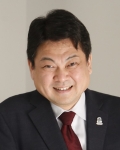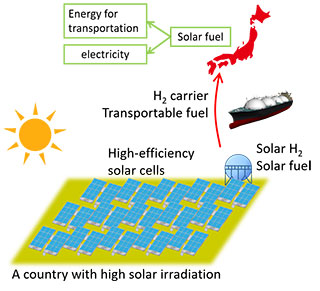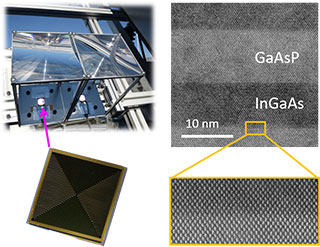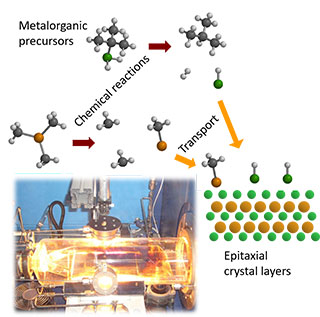- HOME
- Research
- Researcher's Profile
- Masakazu SUGIYAMA
Researcher's Profile

- Professor
- Masakazu SUGIYAMA
- Energy System
- Renewable Fuel Global Network (RE-Global)
- UTokyo LCA Center for Future Strategy, UTLCA
- sugiyama
 enesys.rcast.u-tokyo.ac.jp
enesys.rcast.u-tokyo.ac.jp
Biography
| March 1995 | B. Sc. Chemical System Engineering, The University of Tokyo (UTokyo) |
|---|---|
| March 1997 | M.Sc. Chemical System Engineering, UTokyo |
| March 2000 | Ph.D Chemical System Engineering, UTokyo |
| April 2000 | Research Associate, Department of Chemical System Engineering, School of Engineering, UTokyo |
| May 2002 | Lecturer, Department of Electronic Engineering, School of Engineering, UTokyo |
| April 2005 | Associate Professor, Department of Electronic Engineering, School of Engineering, UTokyo |
| April 2006 | Associate Professor, Institute of Engineering Innovation, School of Engineering, UTokyo |
| April 2014 | Associate Professor, Department of Electrical Engineering and Information Systems, School of Engineering, UTokyo |
| November 2016 | Professor, Department of Electrical Engineering and Information Systems, School of Engineering, UTokyo |
| April 2017 | Professor, RCAST, UTokyo |
Research Interests
Solar energy can take a majority of energy supply in our society if we can realize an energy system in which solar energy is stored in chemical substances in the regions with high irradiance and they are transported to the region of large energy demand. For such a system, it is promising to combine high efficiency photovoltaic (PV) power generation and electrochemical reactions to produce solar fuel, which is capable of long-term storage and transport. Our objective is to develop high efficiency PV cells and electrochemical reactors which are included in the system to produce “solar fuel.
The core competence is semiconductor nano-crystals. PV can be twice as efficient as conventional technology by implementing the epitaxial nanostructures of compound semiconductor crystals into the modules with sunlight concentration. Our laboratory develops all the relevant technologies from the growth of nano-crystals to system evaluation. Semiconductor crystals are also important as the active sites of electrochemical reactions. Learning from photosynthesis in natural leaves is important in order to boost an efficiency of electrochemical water splitting and the active sites in leaves are composed of metal oxides, a kind of semiconductor. We aim at high-efficiency production of “solar fuel” by implementing an essential mechanism of natural photosynthesis into artificial crystals. The key exists at the interface between a semiconductor and a solution. Trials are continued to obtain a guiding principle for controlling electrochemical reactions through an interdisciplinary approach between semiconductor physics and electrochemistry.
Furthermore, system integration is our important target including the construction of circuit systems to manage the efficiency-maximum operation point of each element and the backcasting approach to extract the key issues of elements from the performance of an entire system.



Award
- 2003 Young Researcher's Fellowship, Society of Chemical Engineers, Japan
- 2004 Distinguished Paper Award, Combustion Society, Japan
- 2014 Best Teaching Award, School of Engineering, The University of Tokyo
- 2017 Distinguished Research Award, School of Engineering, The University of Tokyo
Educational Systems
- Department of Electrical Engineering and Information Systems, Graduate school of Engineering
- Department of Advanced Interdisciplinary Studies, Graduate school of Engineering

